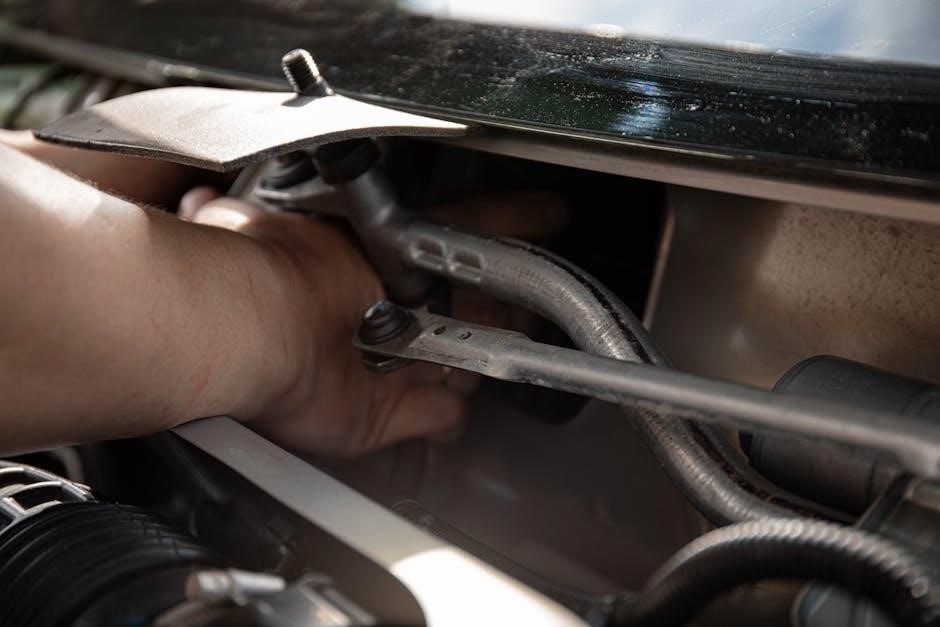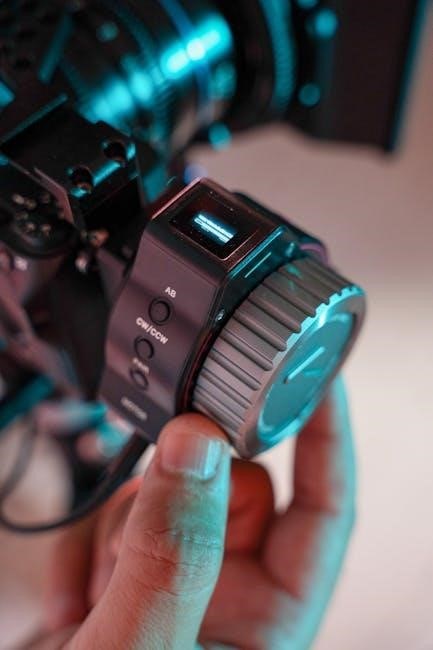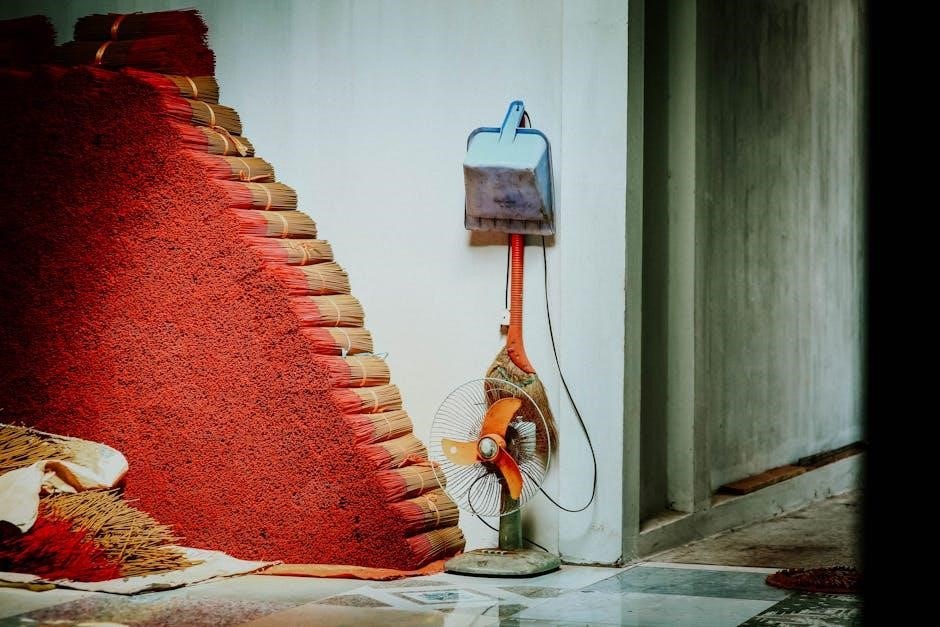The MO 6716S adjustment manual provides guidance on operating and maintaining the machine, including
- setup
and troubleshooting, to ensure optimal performance and extend its lifespan naturally always.
Overview of the MO 6716S Sewing Machine
The MO 6716S sewing machine is a 2-needle overlock machine designed for various sewing applications, featuring a range of technical characteristics that enable it to perform different sewing modes, including automatic, semi-automatic, and manual modes. The machine has a maximum sewing speed of 7,000 rpm, making it suitable for high-volume sewing operations. With its advanced mechanisms, the MO 6716S sewing machine is capable of sewing under different conditions, including overedging sharp-curved sleeve bottom plackets. The machine’s design and construction allow for easy adjustment and maintenance, ensuring optimal performance and extending its lifespan. The MO 6716S sewing machine is a reliable and efficient tool for sewing professionals, providing high-quality stitching and versatility in various sewing applications, including garment construction, textile manufacturing, and other industries that require precise and durable sewing. Its features and capabilities make it an essential machine in the sewing industry.
Technical Characteristics of MO 6716S
MO 6716S features include maximum sewing speed and
- technical specifications
for optimal performance always naturally every time.
Understanding the Sewing Modes of MO 6716S
The MO 6716S sewing machine operates in three distinct modes, including automatic, semi-automatic, and manual, each designed to accommodate specific sewing tasks and user preferences. The automatic mode is ideal for high-volume production, while the semi-automatic mode offers more control over the sewing process. The manual mode, on the other hand, provides the user with complete control over the machine’s operations, allowing for precise adjustments and customizations. Understanding the different sewing modes is essential for optimizing the machine’s performance and achieving desired results. By familiarizing themselves with the various modes, users can unlock the full potential of the MO 6716S and improve their overall sewing experience. With its versatile sewing modes, the MO 6716S is an excellent choice for a wide range of sewing applications, from simple repairs to complex garment construction, and is suitable for users of all skill levels, from beginners to experienced professionals, and can be used in various settings, including home, commercial, and industrial environments, making it a valuable asset for any sewing operation.

Adjustment and Maintenance of MO 6716S
Regular maintenance and adjustment of MO 6716S ensures optimal performance and extends lifespan naturally always with proper
- care
and handling procedures in place.
Needle Height Adjustment for 2-Needle Overlock Machine
The needle height adjustment for the 2-needle overlock machine is a critical process that requires attention to detail, involving the use of specific tools and techniques to achieve optimal results. The adjustment should be made in reference to the left needle, taking into account the type of fabric being used and the desired seam quality. A thorough understanding of the machine’s mechanisms and components is essential to perform this adjustment correctly. The user manual provides step-by-step instructions and guidelines to facilitate the process, ensuring that the needle height is set accurately and safely. By following these guidelines, users can optimize the performance of their MO 6716S machine and achieve professional-grade sewing results, with minimal risk of errors or damage to the machine. Proper adjustment is key to achieving consistent and high-quality stitching.
Positioning the Throat Plate for Optimal Sewing
Positioning the throat plate is a crucial step in achieving optimal sewing results with the MO 6716S machine. The throat plate must be properly aligned and secured to ensure smooth fabric flow and prevent bunching or dragging. The user manual provides detailed instructions on how to position the throat plate, including diagrams and illustrations to facilitate the process. By following these guidelines, users can optimize the performance of their machine and achieve professional-grade sewing results. The throat plate plays a critical role in guiding the fabric and maintaining consistent stitch quality. Proper positioning is essential to prevent errors and damage to the machine. The MO 6716S machine is designed to provide optimal sewing results, and proper throat plate positioning is key to achieving these results. With proper positioning, users can enjoy smooth and efficient sewing operations.

Sewing Techniques for MO 6716S
Mastering various sewing techniques enhances productivity and quality with the MO 6716S machine always naturally every day. The machine is capable of sewing different types of fabrics and materials using various stitches and techniques, including straight stitch, zigzag stitch, and overlock stitch, allowing for a wide range of sewing applications and projects, such as garment construction, home decor, and crafts, with ease and precision, every time, always.
Overedging Sharp-Curved Sleeve Bottom Plackets
The MO 6716S machine is designed to handle sharp-curved sleeve bottom plackets with ease, using a guide to sew the curved part smoothly along the presser foot. This feature allows for professional-looking results and increased productivity. To achieve optimal results, the machine’s differential-feed micro-adjustment mechanism can be adjusted to accommodate various fabric types and thicknesses. The external adjustment mechanism for the throat plate also enables precise control over the sewing process. With the MO 6716S, overedging sharp-curved sleeve bottom plackets becomes a straightforward task, requiring minimal effort and expertise. The machine’s capabilities make it an ideal choice for garment construction and other sewing applications that involve curved seams and edges. By following the guidelines outlined in the adjustment manual, users can master the technique of overedging sharp-curved sleeve bottom plackets and achieve high-quality results consistently. The MO 6716S machine is a valuable tool for sewing professionals and enthusiasts alike.
Adjusting Clearance for Smooth Sewing
To achieve smooth sewing with the MO 6716S machine, adjusting the clearance is crucial. The clearance should be set to 0.05 to 0.1 mm, depending on the specific requirements of the sewing project. This adjustment can be made using the fine adjustment screw, which allows for precise control over the clearance. By adjusting the clearance, users can prevent fabric from dragging or catching on the machine’s parts, ensuring a smooth and even stitch. The adjustment manual provides detailed instructions on how to adjust the clearance, making it easy for users to get the best results from their machine. With the correct clearance, the MO 6716S machine can produce high-quality stitches and seams, making it ideal for a wide range of sewing applications. Proper clearance adjustment is essential for optimal machine performance and to prevent damage to the machine or fabric. Regular adjustment helps maintain smooth sewing operations.

Safety Precautions and Instructions
Read safety instructions carefully and understand them before using the machine always and follow guidelines for safe operation naturally every time.
Importance of Reading Safety Instructions Carefully
Reading safety instructions carefully is crucial when operating the MO 6716S machine to prevent accidents and ensure safe operation. The manual provides essential guidelines and precautions to follow during operation, maintenance, and adjustment of the machine. It is important to understand the safety instructions before using the machine to avoid any potential hazards. The instructions outline the proper procedures for handling the machine, troubleshooting common issues, and performing routine maintenance tasks. By following the safety instructions, users can minimize the risk of injury and damage to the machine. The manual also emphasizes the importance of retaining the instruction manual for future reference and seeking professional help if unsure about any aspect of the machine’s operation or maintenance. Proper safety precautions and instructions are essential for optimal performance and longevity of the MO 6716S machine.

Standard Adjustment and Mechanisms of MO 6716S
The machine incorporates a differential-feed micro-adjustment mechanism for smooth operation always naturally with standard external adjustment mechanisms included.
Understanding the Differential-Feed Micro-Adjustment Mechanism
The differential-feed micro-adjustment mechanism is a key feature of the MO 6716S, allowing for precise control over the feed rate of the fabric. This mechanism enables the machine to handle a wide range of fabrics, from delicate knits to heavy woven materials, with ease and accuracy. The micro-adjustment feature allows for fine-tuning of the feed rate, ensuring that the fabric is fed smoothly and consistently, even at high speeds. The mechanism is designed to be user-friendly, with a simple and intuitive interface that makes it easy to adjust the feed rate as needed. By understanding how to use the differential-feed micro-adjustment mechanism, operators can optimize the performance of the MO 6716S and achieve professional-quality results. The mechanism is also designed to be durable and long-lasting, with a robust construction that can withstand heavy use. Overall, the differential-feed micro-adjustment mechanism is an essential component of the MO 6716S.




About the author